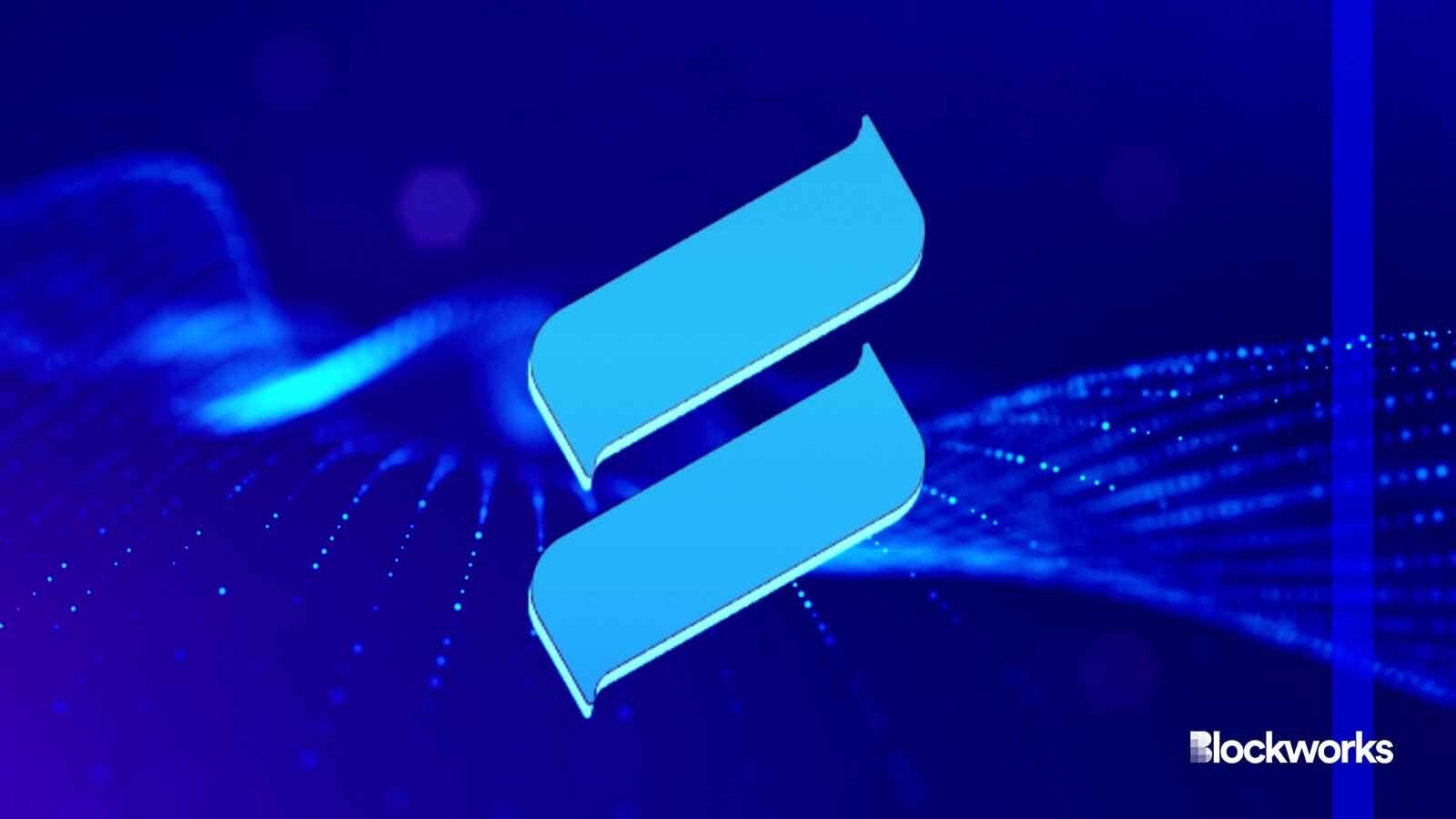DeFi protocol Spool rolls out compliance-focused ‘V2’ to court institutions
Blockworks exclusive: Spool is in talks with small and regional banks as well as one of the ten largest asset managers as it rolls out v2, the DAO’s lead contributor said

Spool and Golden Wind/Shutterstock modified by Blockworks
Spool Finance has launched v2 of its DeFi middleware product in hopes of becoming a gateway for institutions to enter decentralized finance.
Spool v2 was created with an eye to regulatory compliance following feedback from the traditional finance institutions Spool is courting with its DeFi product. Two major institutions could join the fray through Spool by the end of next year, the project’s lead contributor said, but declined to name them.
To assure regulatory compliance, Spool was advised by the white-shoe Swiss law firm Bär & Karrer.
The Spool protocol launched in March 2022 as a “set it and forget it” solution for DeFi investment. The platform creates automated yield strategies from DeFi protocols based on an investor’s risk appetite.
Read more: The ‘next leg’ of DeFi users will be institutions, Blockchain Capital’s Larsen expects
Spool is organized as a DAO that hires employees with specific mandates to develop the business side of the protocol. It has no formal legal organization.
Upon launching, Spool had trouble garnering interest from institutional investors, said Simon Schaber, Spool’s chief business development officer.
“When I went to them, I said, ‘Look, we’ll offer you fully transparent, everything in-house, compliant.’ They said, ‘Yeah but look, Simon, there’s this huge player called Celsius. They’ve got a shitload of funds under management. They’re too big to fail. Why don’t we just put it into Celsius?” Schaber said.
After Celsius crashed alongside a few other centralized yield-generating products in crypto, Spool started seeing more serious institutional interest in Q3 of 2022.
Now, alongside its more DeFi-native clients, Spool is working on deals with Fintech firms as well as small and regional banks, Schaber said, adding that the protocol was also in serious talks with one of the ten largest asset managers in the world as well as one of the largest banks, though he would not disclose which.
Vault creators can charge management fees in Spool v2.
Spool made smart contracts a large part of its pitch to investors, Schaber said. While traditional fund management software can go offline or change hands, leading to renegotiation of terms, Spool’s permissionless software functions indefinitely.
In v2, vaults can now be “gated,” meaning addresses can only interact if they adhere to know-your-customer (KYC) or some other criteria, and “multi-asset,” where investors can combine assets in a vault.
Schaber said on-chain and off-chain assets could be combined through its institutional partnerships, combining liquid staking tokens with dividend-focused real estate in a mutual fund, for instance.
Tokenization of so-called “real-world assets” is anticipated to be a major driving narrative in crypto over the coming years.
Start your day with top crypto insights from David Canellis and Katherine Ross. Subscribe to the Empire newsletter.





